Rechargeable light bulbs represent a significant advancement in lighting technology, offering a degree of security and convenience that traditional bulbs cannot match.
These bulbs operate just like standard light bulbs when a power source is present, lighting up spaces with the flip of a switch.
What sets them apart is their ability to store energy for later use.
Embedded within the design of rechargeable light bulbs is a battery that accumulates and retains power during operation. This stored energy becomes the bulb’s source of light during a power outage or when disconnected from an electrical source.
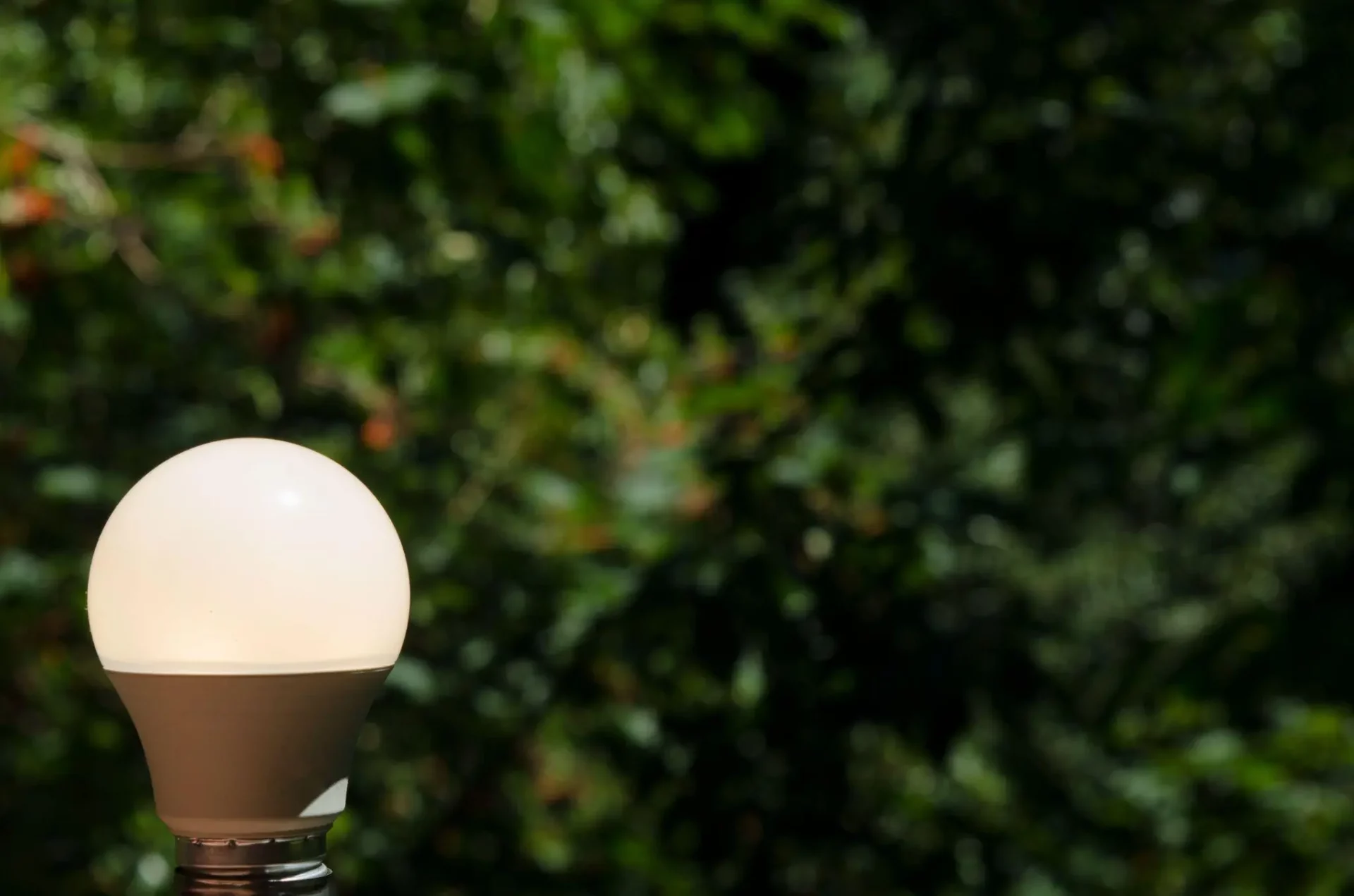
The operation of rechargeable light bulbs is simple yet ingenious. When connected to an electrical outlet, the built-in batteries are charged while the bulb provides illumination.
In the event of a power loss, the bulb continues to emit light by drawing power from the battery.
The duration that the bulb can remain lit without external power can vary, typically ranging from a couple of hours to eight hours.
The longevity of the light output during a power outage depends on the bulb’s design and the capacity of the internal battery.
Rechargeable bulbs leverage LED technology which is known for its energy efficiency and long service life. This synergy of LED efficiency with rechargeable capabilities means less energy consumption and fewer replacements, which in turn can lead to cost savings and a reduced environmental impact.
Moreover, the ease of recharging these bulbs makes them an eco-friendly choice, diminishing the need for disposable batteries and contributing to waste reduction.
As a result, these bulbs have gained popularity among consumers seeking reliable lighting solutions that also offer environmental benefits.
The Best Rechargeable Light Bulbs on Amazon
Rechargeable light bulbs utilize innovative technology to ensure efficiency and sustained functionality during power outages. They are an integration of LED technology with a power storage system.
Rechargeable light bulbs possess a built-in battery, typically lithium-ion, which gets charged during normal operation. When connected to a power source, the electricity charges the battery.
Upon a power outage, the stored energy in the battery is converted through a circuit into light. The battery acts as an electricity reservoir and powers the LED in the absence of external power. This process is based on electrical energy storage and discharge, following the principles of electrochemistry and circuit physics.
LED technology is at the heart of rechargeable light bulbs. LEDs, or Light Emitting Diodes, emit light when an electrical current passes through a semiconductor material. They are known for their energy efficiency and longevity.
In rechargeable bulbs, the LED component serves two purposes:
The combination of LED efficiency and rechargeable battery technology results in a bulb that not only saves on electricity but also provides a reliable light source during power interruptions.
Rechargeable light bulbs integrate a complex design with multiple components to ensure efficient energy storage and lighting. The two main elements in focus are the electrical circuitry and the battery system responsible for energy storage.
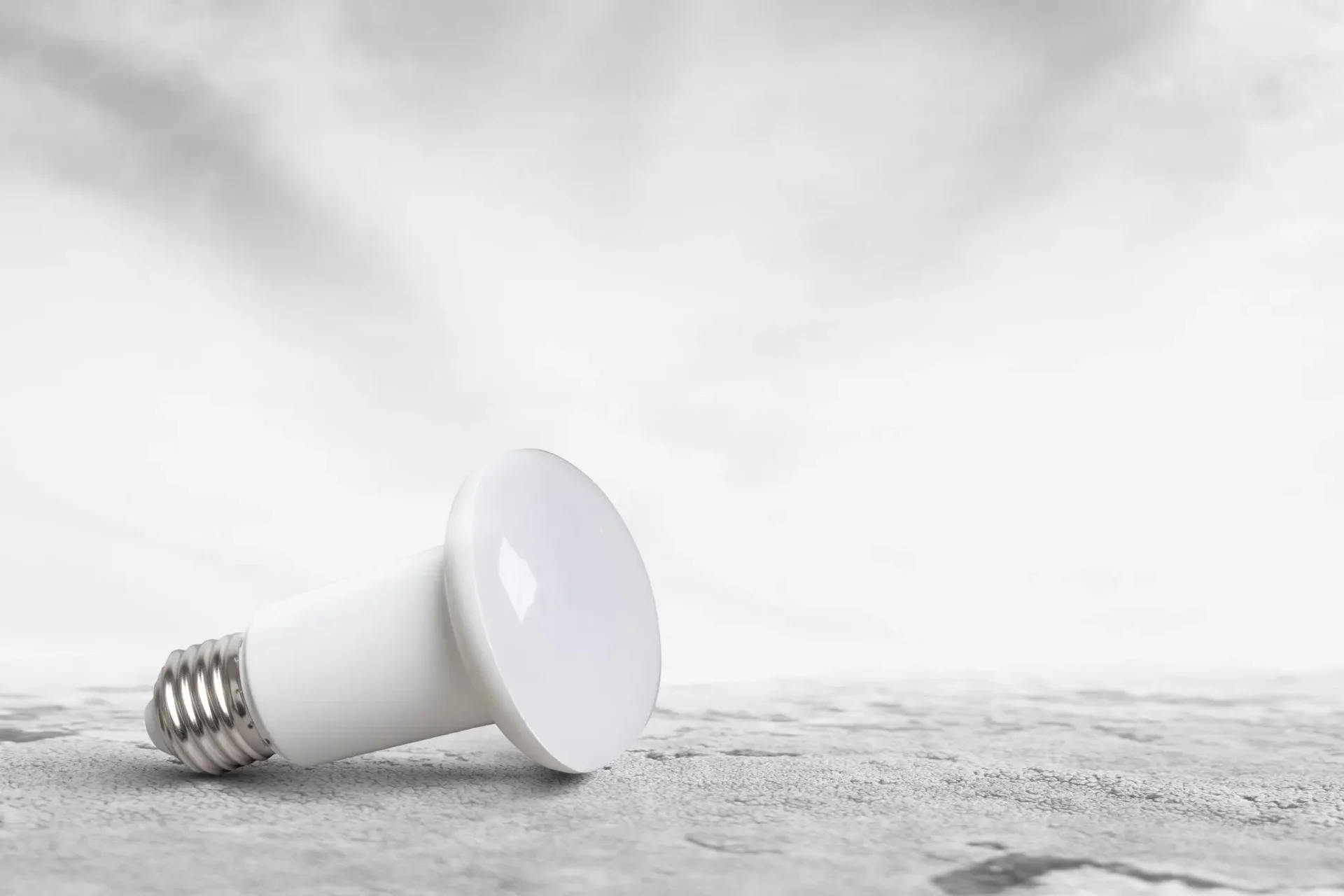
The electrical circuitry within a rechargeable light bulb is primarily composed of LED elements and control circuits. LED elements are selected for their energy efficiency and longevity. They require less power than traditional incandescent bulbs and provide bright illumination.
The control circuits manage the charging and discharging cycles of the battery. They ensure that power is directed to the LEDs when needed and also regulate the flow of electricity to recharge the battery.
Rechargeable light bulbs are equipped with a built-in battery, typically lithium-ion, which acts as the energy reserve. During periods of power supply, the battery charges, storing electricity that can be used later.
The battery’s role is to:
The capacity of the battery determines the duration for which the bulb can operate without external power.
Rechargeable light bulbs can be charged using either wired techniques or wireless induction, each offering distinct advantages. Understanding these methods is crucial for efficient usage.
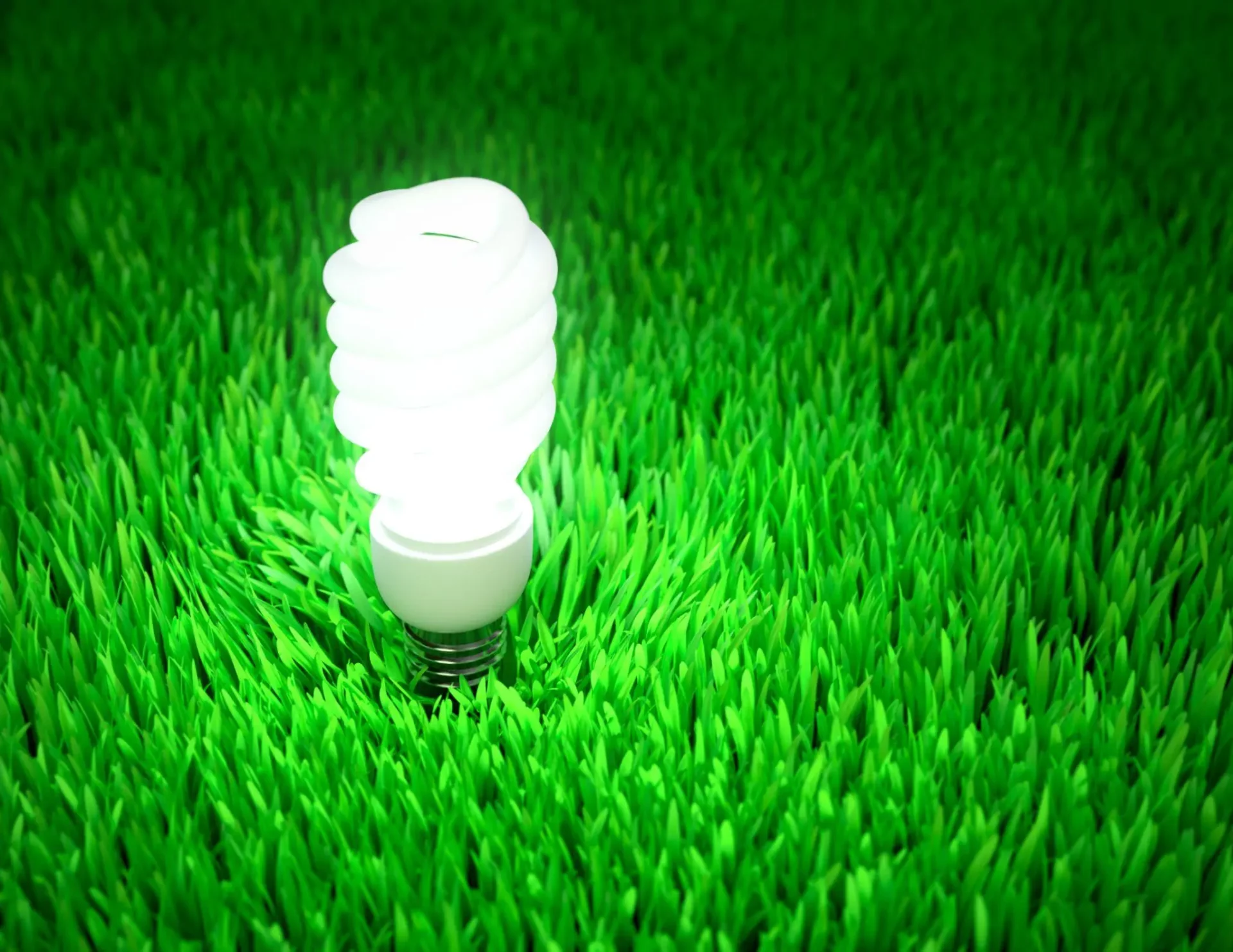
Direct Plug-In: The most straightforward wired charging technique involves plugging the light bulb directly into an AC power outlet using a compatible charger. This method often requires a specific type of cable to connect the charger to the light bulb.
Base Stations: Rechargeable bulbs capable of induction charging utilize base stations, where bulbs are placed to charge without direct electrical contact. Energy is transferred from the station to the bulb through an electromagnetic field.
Using these various methods, users can recharge their bulbs effectively, depending on the bulb’s design and compatibility with the available charging technology.
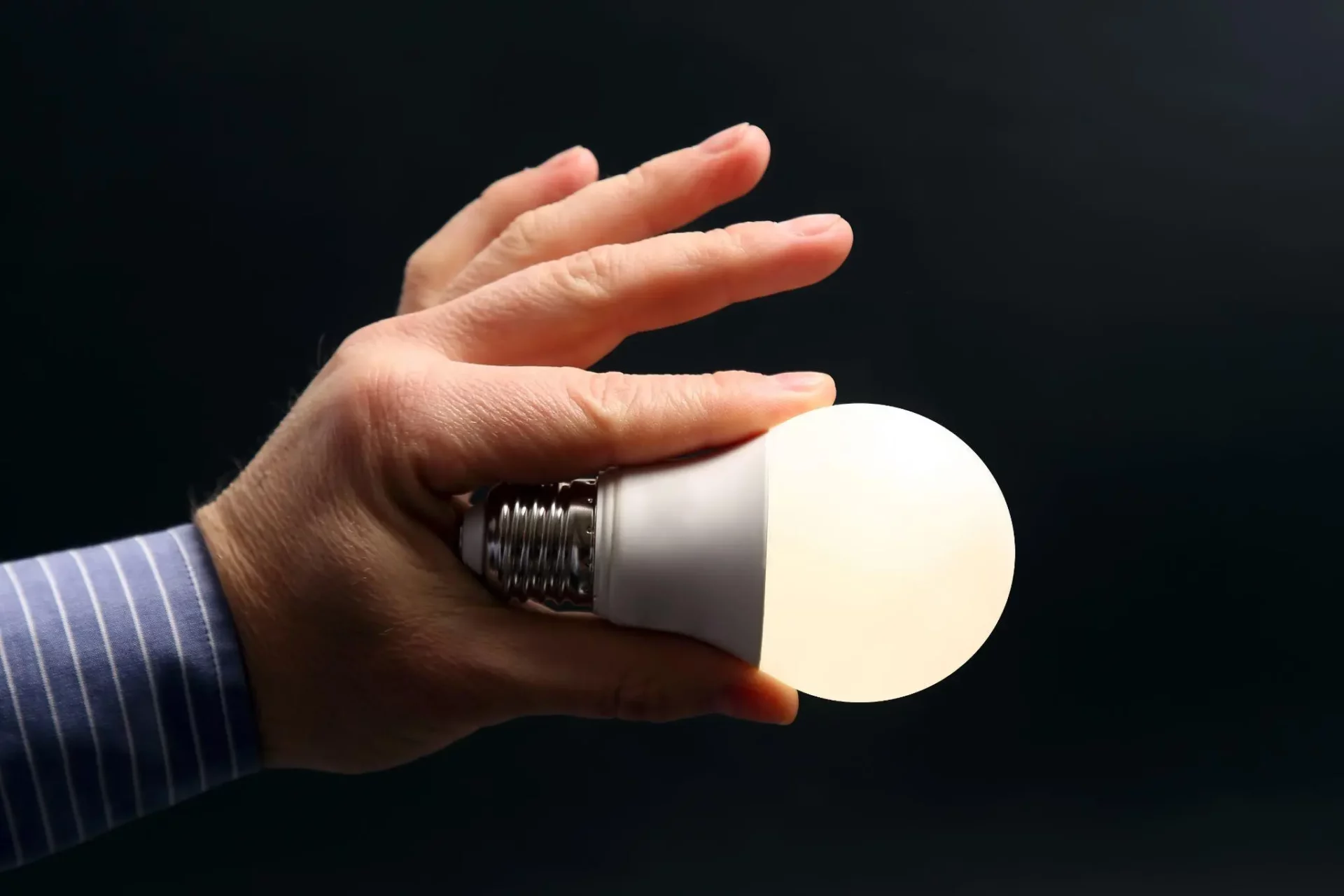
Rechargeable light bulbs represent a significant advancement in lighting technology. They offer numerous benefits and applications across different settings.
In the Home: Homeowners appreciate the convenience of rechargeable bulbs during power outages. These bulbs continue to provide illumination, thereby maintaining a sense of normalcy and safety.
Benefits:
Commercial Use: Businesses utilize rechargeable bulbs to minimize work disruptions and maintain customer service during power failures.
Benefits:
Outdoor Activities: Rechargeable light bulbs are portable, making them suitable for camping and nighttime outdoor pursuits.
Benefits:
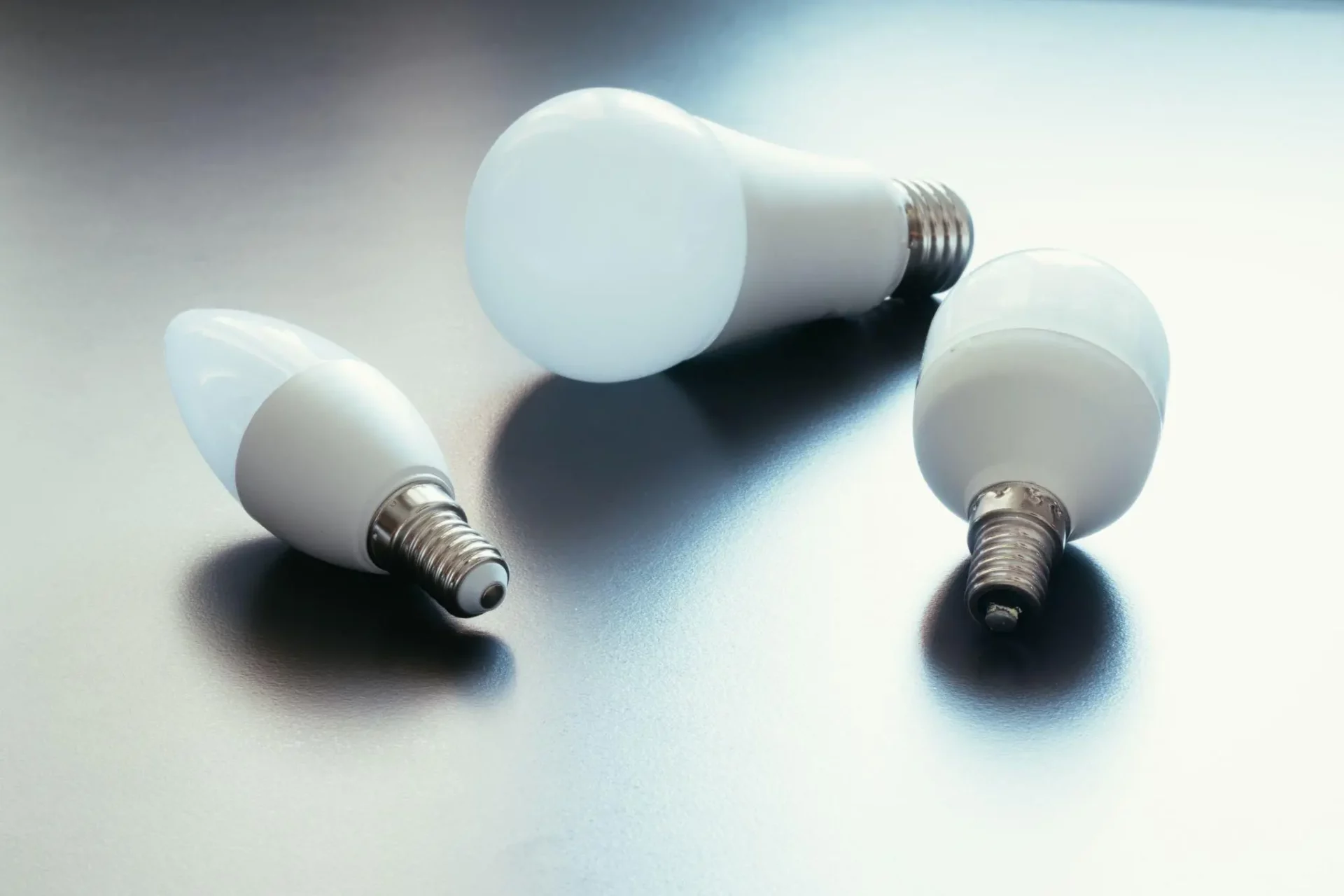
What are the best options for light bulbs during a power outage?
Rechargeable light bulbs are optimal for power outages due to their built-in battery that can provide illumination when the main power is unavailable. Options like the JackonLux Rechargeable Emergency LED Bulb have been well-received by consumers.
To charge a rechargeable light bulb, ensure it is installed in a light fixture, and the power is on. The battery charges when the bulb is turned on, and, with some models, even when the bulb is turned off, as long as the switch remains on.
The lifespan of rechargeable light bulbs typically ranges from 25,000 to 50,000 hours. This is extended by the ability of the bulb to recharge itself, giving it a long service life compared to traditional bulbs.
Some rechargeable light bulbs can charge while switched off if the power switch remains on. However, this feature varies across different models and manufacturers.
Rechargeable light bulbs do not need a continuous power supply to work. Once charged, they can operate on their internal batteries during power outages or when detached from the power source.
To operate a rechargeable LED bulb with a remote, follow the manufacturer’s instructions to pair the remote with the bulb.
Once paired, you can control the bulb’s operation, including on/off functions and sometimes dimming or changing colors, depending on the bulb’s features.